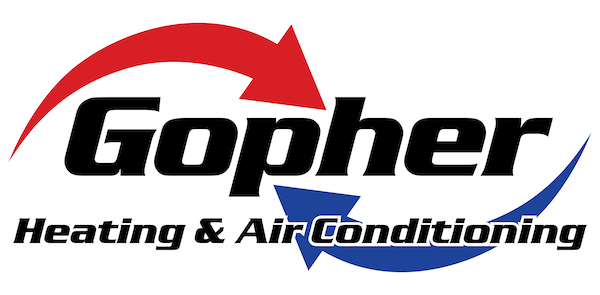
You might not think much about how your air conditioner functions, but it needs refrigerant to keep your house fresh. This refrigerant is subject to environmental rules, as it contains chemicals.
Based on when your air conditioner was installed, it may need R-22, R-410A or R-32 refrigerant. We’ll go over the differences and which air conditioner refrigerants are being phased out in Savage, plus how these phaseouts impact you.
What’s R-22 and Why Is It Discontinued?
If your air conditioner was installed before 2010, it possibly has Freon®. You can learn if your air conditioner has it by contacting us at 952-373-0377. You can also examine the name plate on your air conditioner condenser, which is located outside your house. This sticker will contain info on what model of refrigerant your AC has.
Freon, which is also called R-22, contains chlorine. Scientists consider this chemical to be bad for the earth’s ozone layer and one that leads to global warming. The Environmental Protection Agency, which governs refrigerants in the United States, banned its creation and import in January 2020.
I Use an Air Conditioner with R-22. Do I Need to Get a New One?
It varies. If your air conditioning is operating properly, you can continue to keep it. With routine air conditioner maintenance, you can expect your air conditioning to work around 15–20 years. However, the Department of Energy reports that removing a 10-year-old air conditioner could save you 20–40% on yearly cooling bills!
If you don’t get a new air conditioner, it can lead to a problem if you need air conditioning repair in the future, specifically for refrigerant. Repairs can be higher-priced, because only reduced levels of recycled and reclaimed R-22 is on hand.
With the end of R-22, a lot of new air conditioners now have Puron®. Also called R-410A, this refrigerant was developed to keep the ozone layer healthy. Because it needs an incompatible pressure level, it doesn’t work with air conditioners that need R-22 for cooling.
However, Puron still has the potential to lead to global warming. Because of that, it might also ultimately be phased out. Although it hasn’t been disclosed yet for residential air conditioners, it’s expected sometime this decade.
What Refrigerant Will Take the Place of R-410A?
In preparation of the end, some manufacturers have begun using R-32 in new air conditioners. This refrigerant ranks low for global warming likelihood—approximately one-third less than R-410A. And it also reduces energy use by around 10%, according to the Intergovernmental Panel on Climate Change’s Fourth Assessment Report. That’s savings that might be sent on to you through your utility bills.
Gopher Heating and Air Conditioning Can Provide Support with All Your Air Conditioning Needs
In summary, the changes to air conditioner refrigerant probably won’t impact you very much until you have to have repairs. But as we talked about beforehand, repairs connected to refrigerant can be pricier due to the low levels available.
In addition to that, your air conditioner frequently breaks down at the worst time, often on the warmest day when we’re experiencing lots of other appointments for AC repair.
If your air conditioner requires an outdated refrigerant or is more than 15 years old, we advise upgrading to a new, energy-efficient air conditioner. This delivers a stress-free summer and may even decrease your utility expenses, especially if you select an ENERGY STAR®-rated system. Plus, Gopher Heating and Air Conditioning offers many financing solutions to make your new air conditioner even more affordable. Contact us at 952-373-0377 to get started right away with a free estimate.



